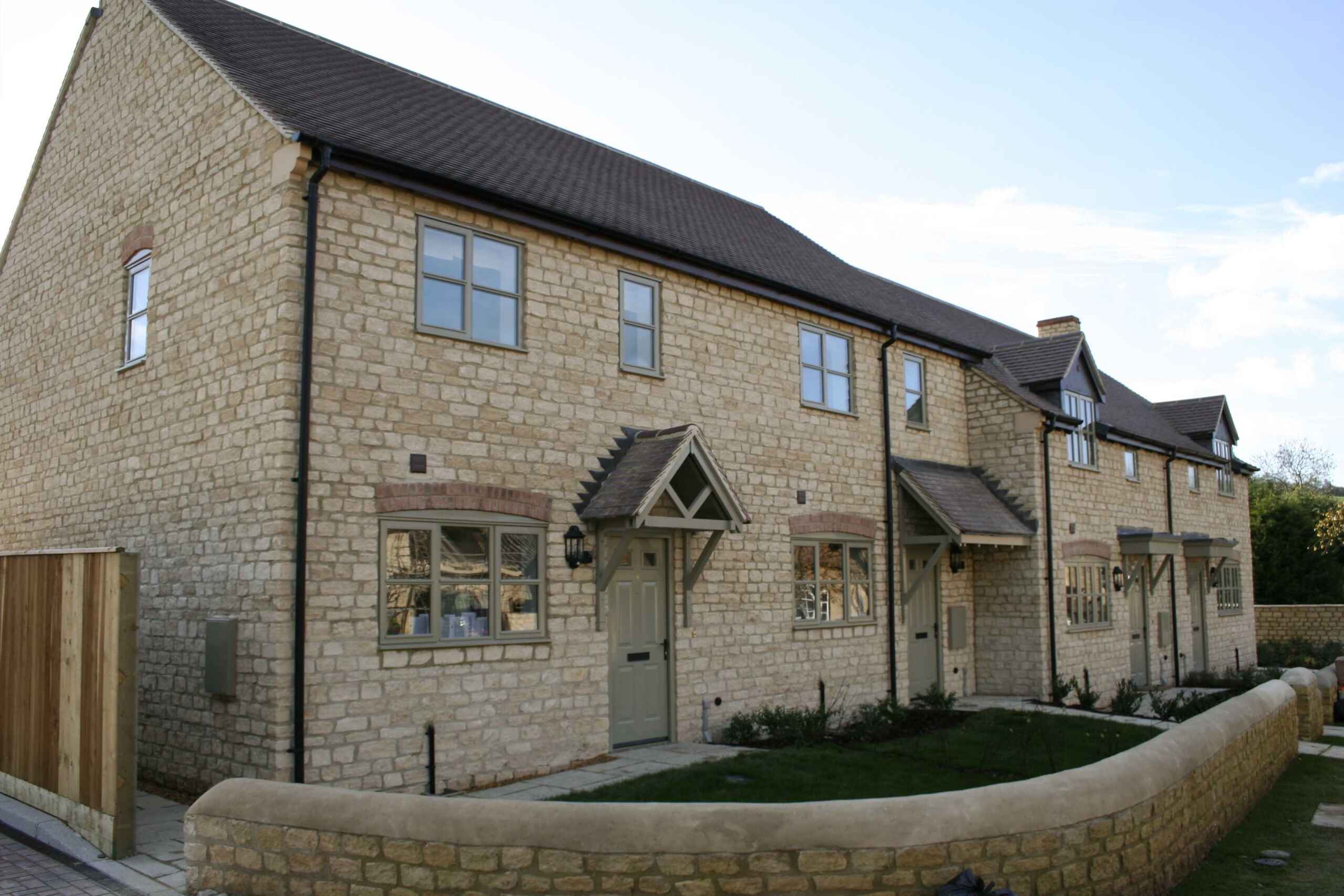
Rural Housing Week: a tale of two Warwickshires
Warwickshire, a county known for its rolling countryside and historic charm, is facing a growing challenge that threatens the sustainability of its rural communities: the lack of affordable housing. This issue is particularly stark when comparing the north and south of the county, and it has far-reaching implications for both the ageing population and the younger workers essential to rural life.
From the leafy lanes of Stratford-upon-Avon to the coal mining heritage of Atherstone and Polesworth, the divide between the north and south is more than just geographical—it’s economic, social, and deeply embedded in the housing market.
North vs South: A Tale of Two Warwickshires
The housing market in Warwickshire is deeply divided. In North Warwickshire, the average house price as of April 2025 stands at £276,000. In contrast, South Warwickshire, particularly areas like Stratford-on-Avon and Warwick, sees significantly higher prices, with the average reaching £346,000 (UK House Price Index, April 2025 – HM Land Registry).
The Income Gap
Average salaries also vary across the county. In Warwick, the average salary is £45,500, while in Nuneaton and Bedworth, it drops to £36,200 (ONS Average Weekly Earnings, June 2025).
When housing figures are compared to local incomes, the disparity becomes even clearer. In Stratford-on-Avon, the house price-to-income ratio exceeds 9:1, meaning the average home costs more than nine times the average annual salary. In North Warwickshire, the ratio is closer to 6:1, but still above the national affordability threshold of 4.5.
Impact on the Ageing Rural Population
Many older residents want to stay in the homes and communities they know, close to friends and neighbours. But as time goes on, they increasingly rely on younger people for support.
However, the income disparity, combined with rising house prices, makes it increasingly difficult for essential, and often younger, workers such as cleaners, gardeners, and carers, to live near their places of work.
Social Impacts of the Divide
South Warwickshire has seen significant housing development in recent years, often in the form of executive homes and large estates. While these developments meet demand from wealthier buyers, they often fail to address local need for affordable and social housing particularly in rural communities.
In the north, development is often constrained by brownfield land, former industrial sites, and tighter local authority budgets. This can lead to underinvestment in infrastructure, further entrenching the divide.
The housing divide has real consequences:
- Young people in the south are priced out, leading to demographic imbalances.
- Communities in the north face higher levels of deprivation, with fewer resources to support regeneration.
Why It Matters
Without affordable housing:
- Young workers often travel long distances for better-paying jobs just to afford living in the area, or leave the area entirely.
- Older residents may struggle to find suitable help or be forced into care prematurely.
- Communities lose their vibrancy and intergenerational balance.
To address this crisis, communities need:
- More affordable housing developments in rural areas, tailored to local needs.
- Incentives for key workers to live and work locally, such as low cost homes.
- Community-led planning to ensure new homes reflect the needs of all age groups.
Conclusion
Warwickshire’s rural charm is one of its greatest assets but without action it risks becoming a place only the wealthy can afford to live. Ensuring affordable housing for all, especially those who care for our ageing population, is not just a housing issue – it’s a matter of community survival.
Is your rural Warwickshire community interested in creating much-needed affordable homes? Our Rural Housing Enablers are here to help – get in touch at housing@wrccrural.org.uk or call 01789 842182 for a chat
